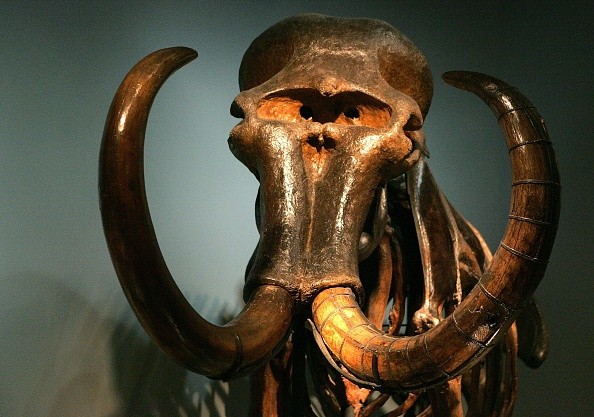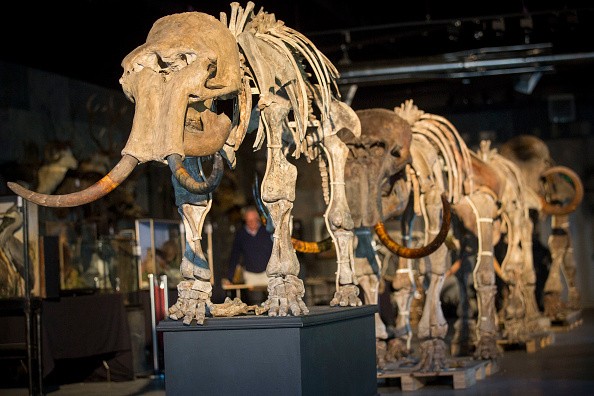Scientists were surprised to discover the remains of a mammoth bottom of the ocean since mammoths are considered to be ancient terrestrial animals.

The Unexpected Discovery
Scientists from the Monterey Bay Aquarium Research Institute (MBARI) named Steven Haddock and Pilot Randy Prickett found a tusk of the Columbian mammoth 185 miles offshore and 10,000 feet underground. In July 2021, they returned to the ocean in order to get a full sample of the tusk after collecting a small piece.
As a deep-sea explorer, Haddock has learned to expect the unexpected, yet he was nevertheless surprised to see the old tusk of a mammoth.
The mysterious tusk is being examined from various research facilities to ascertain a range of facts, including the animal's age when it died. According to the report, the frigid, high-pressure conditions preserved the tusk, allowing experts to study it in more detail.
Mammoth tusks from this part of North America may have been the oldest well-preserved specimens ever found. Researchers hope that the information obtained will help them get a better understanding about the species as a whole, according to CNN.
"Specimens like this present a rare opportunity to paint a picture both of an animal that used to be alive and of the environment in which it lived," said lead researcher Beth Shapiro of UCSC Paleogenomics Lab.
Scientists believe the DNA from this tusk will go far in refining their knowledge of mammoths in this region of the world since continental North American mammoth remnants are exceptionally uncommon.
Why Was the Tusk Found at the Bottom of the Sea?
In the past, a young female mammoth lost her life while roaming close to what would become the Central Coast of California. Despite the fact that she died on land, her enormous corpse ended up in the Pacific Ocean.
Her skeletal remains were carried more than 150 miles from the coast by currents before settling on the side of a seamount 10,000 feet below the surface of the ocean. Her existence went unnoticed for thousands of years.
That all changed in 2019 when researchers from the Monterey Bay Aquarium Research Institute discovered one of her tusks while searching for new deep-sea species off the coast of Monterey, Calif.
Attempts were made by the crew to retrieve the strange object. The scimitar-shaped specimen's tip broke off to their dismay and a piece was picked, but the remainder remained.

Scientists Examine the Discovered Specimen
Inspecting the part more closely, researchers were certain their findings was in fact a tusk. However, it remained a mystery as to what animal and where it came from.
It's uncommon to find a specimen like this in the middle of the ocean. Tusks and other ancient animal skeletons are commonly discovered under permafrost in the Arctic Circle, where the temperature seldom drops below freezing.
A mammoth, or any ancient animal, has never been discovered under the surface of the North Sea, despite the fact that specimens have been recovered in shallow seas in Western Europe.
Bioluminescence and gelatinous deep-sea animals are the areas of expertise of marine researcher Steven H.D. Haddock, who conducted the 2019 study of the ocean floor. In spite of this, he could not resist the fascination of this scientific mystery. A team of scientists from three universities were assembled to puzzle out the mystery.
Related Article : 17,000 Years Old Woolly Mammoth Traveled Around the Entire Planet Twice, Say Experts
For more news, updates about mammoths and similar topics don't forget to follow Nature World News!
© 2025 NatureWorldNews.com All rights reserved. Do not reproduce without permission.





